The global air pollution crisis has escalated to alarming levels, with South Asian cities bearing the brunt of deteriorating air quality. Dhaka, Bangladesh, has recorded the highest levels of PM2.5, posing severe health risks to its residents. Other South Asian cities, such as Lahore, Pakistan, and Delhi, India, are also grappling with dangerously high air pollution driven by agricultural burning, industrial emissions, and heavy vehicular traffic.
In Africa, Kinshasa in the Democratic Republic of Congo faces severe air quality challenges. Similarly, Jakarta, Indonesia, contends with significant pollution levels, underscoring the persistent urban air quality issues in Southeast Asia.
According to the World Health Organization (WHO), air pollution remains a critical global health issue, causing an estimated 7 million premature deaths annually. The main pollutants of concern include particulate matter (PM10 and PM2.5), nitrogen dioxide (NO2), sulfur dioxide (SO2), and carbon monoxide (CO), which are primarily emitted from household combustion devices, motor vehicles, industrial facilities, and forest fires.
The latest data from IQAir provides a sobering snapshot of the world's most polluted cities today:
Dhaka, Bangladesh: PM2.5 levels have reached hazardous levels, prompting residents to stay indoors and limit outdoor activities.

Lahore, Pakistan: Severe air quality continues to affect millions, exacerbated by industrial emissions and traffic pollution.
Delhi, India: The city's air quality remains poor, with significant contributions from vehicle emissions and construction dust.
Kinshasa, DR Congo: Industrial pollution and poor waste management severely impact air quality.
Jakarta, Indonesia: Traffic emissions and industrial activities are major contributors to the city's significant pollution levels.
Despite technological advancements, many urban centers across Asia, Africa, and the Middle East struggle with deteriorating air quality. This situation underscores the urgent need for comprehensive environmental policies and international cooperation to combat air pollution. Effective strategies include transitioning to cleaner household energy, improving waste management, and enhancing the sustainability of transportation and industrial practices.
The global community must intensify efforts to address this escalating crisis. Robust monitoring, public awareness, and stringent regulations are essential to protect public health and the environment from the detrimental effects of air pollution. Enhanced cooperation between nations, investment in green technologies, and strict enforcement of air quality standards are crucial steps towards mitigating this global health threat.




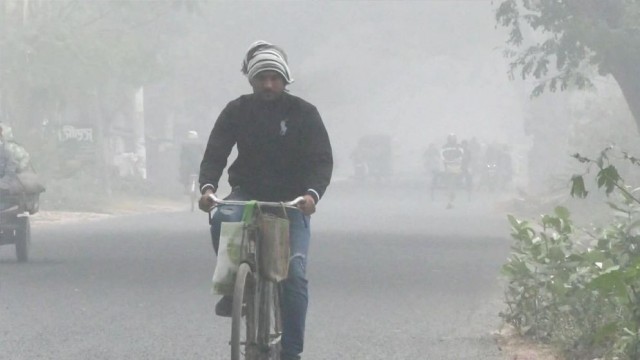
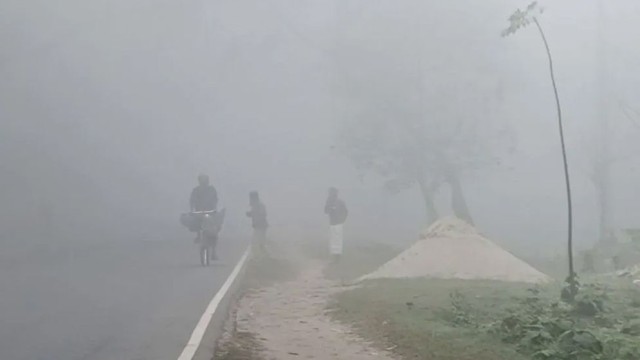
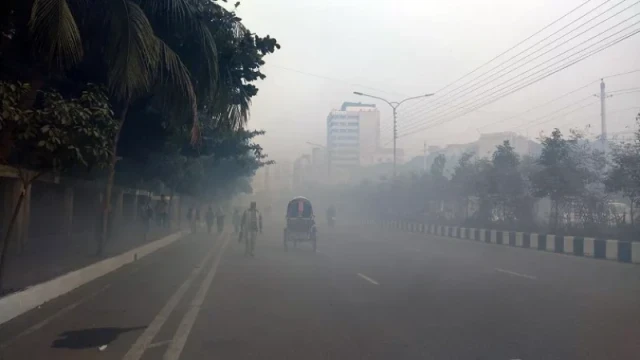
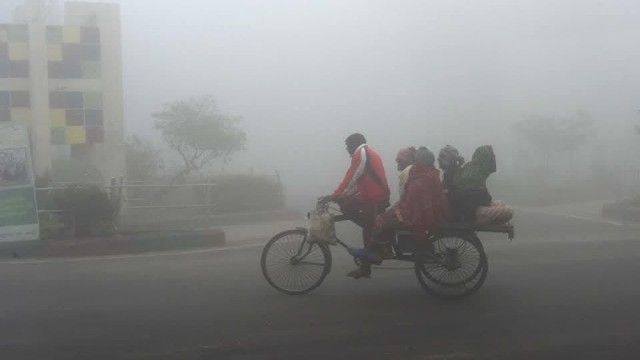
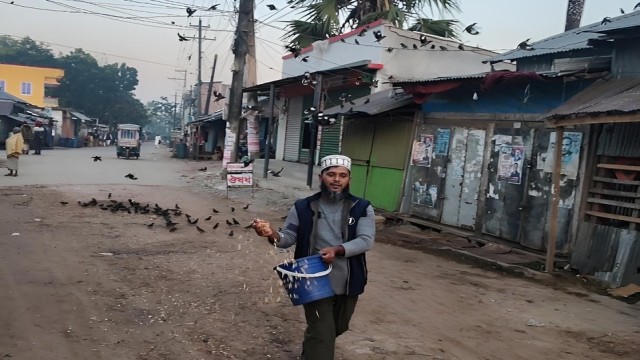
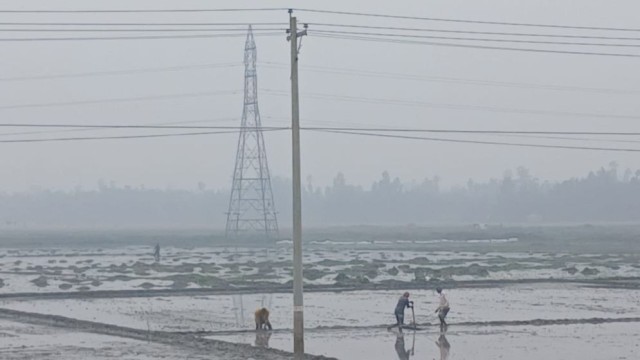


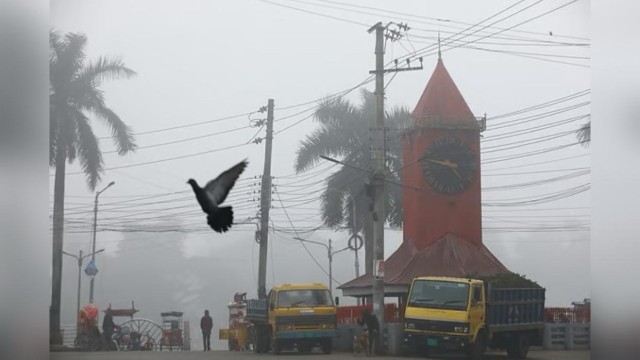





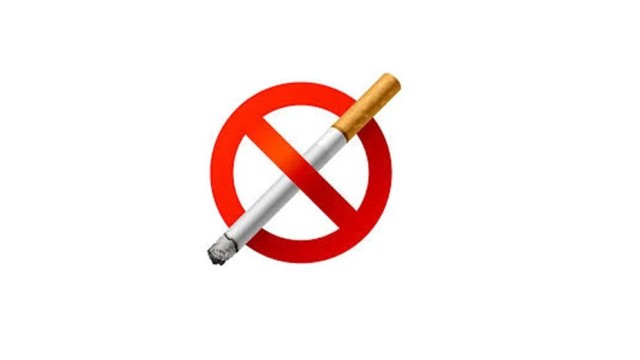



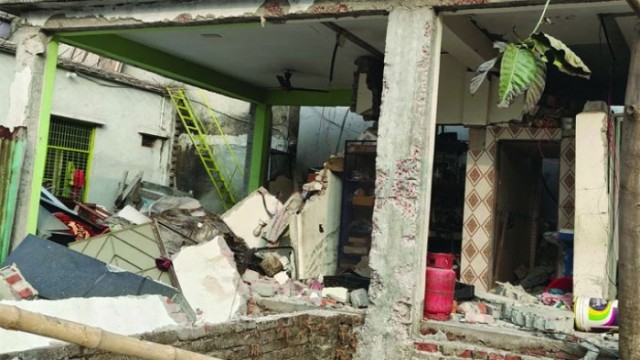

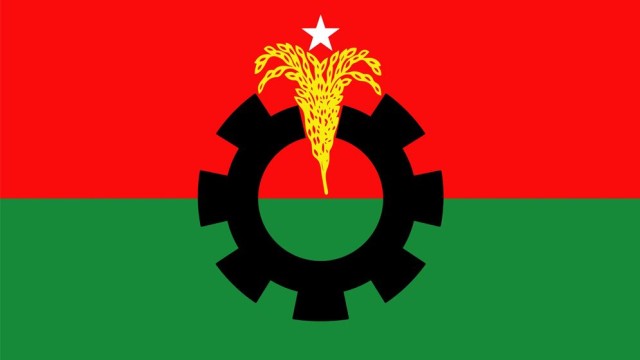

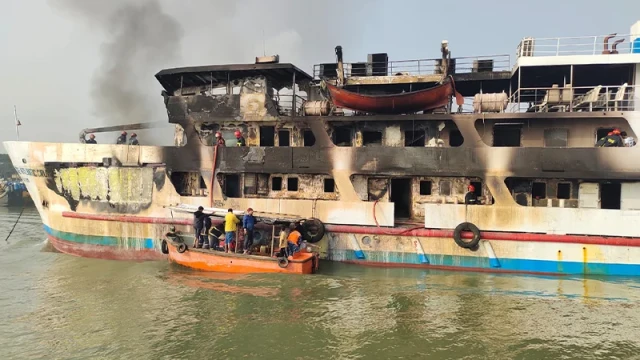
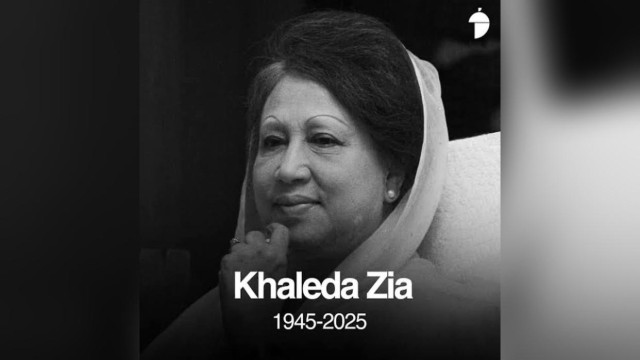
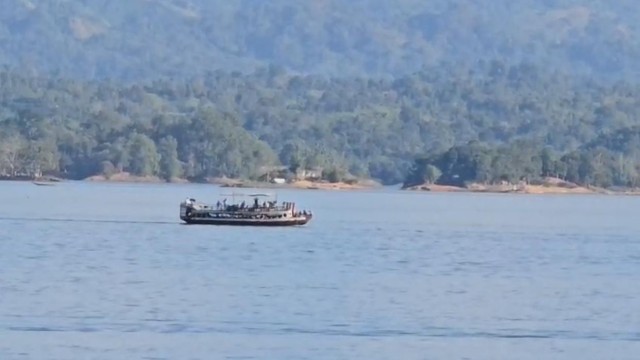
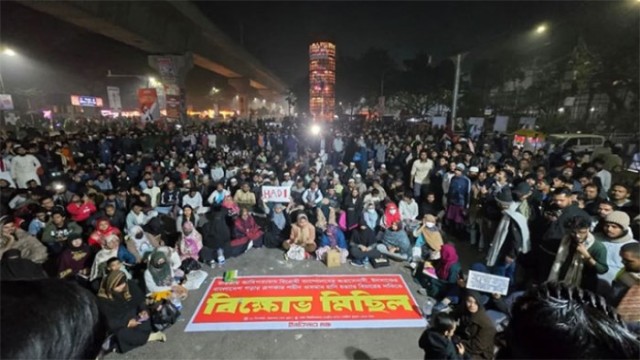
Comment: